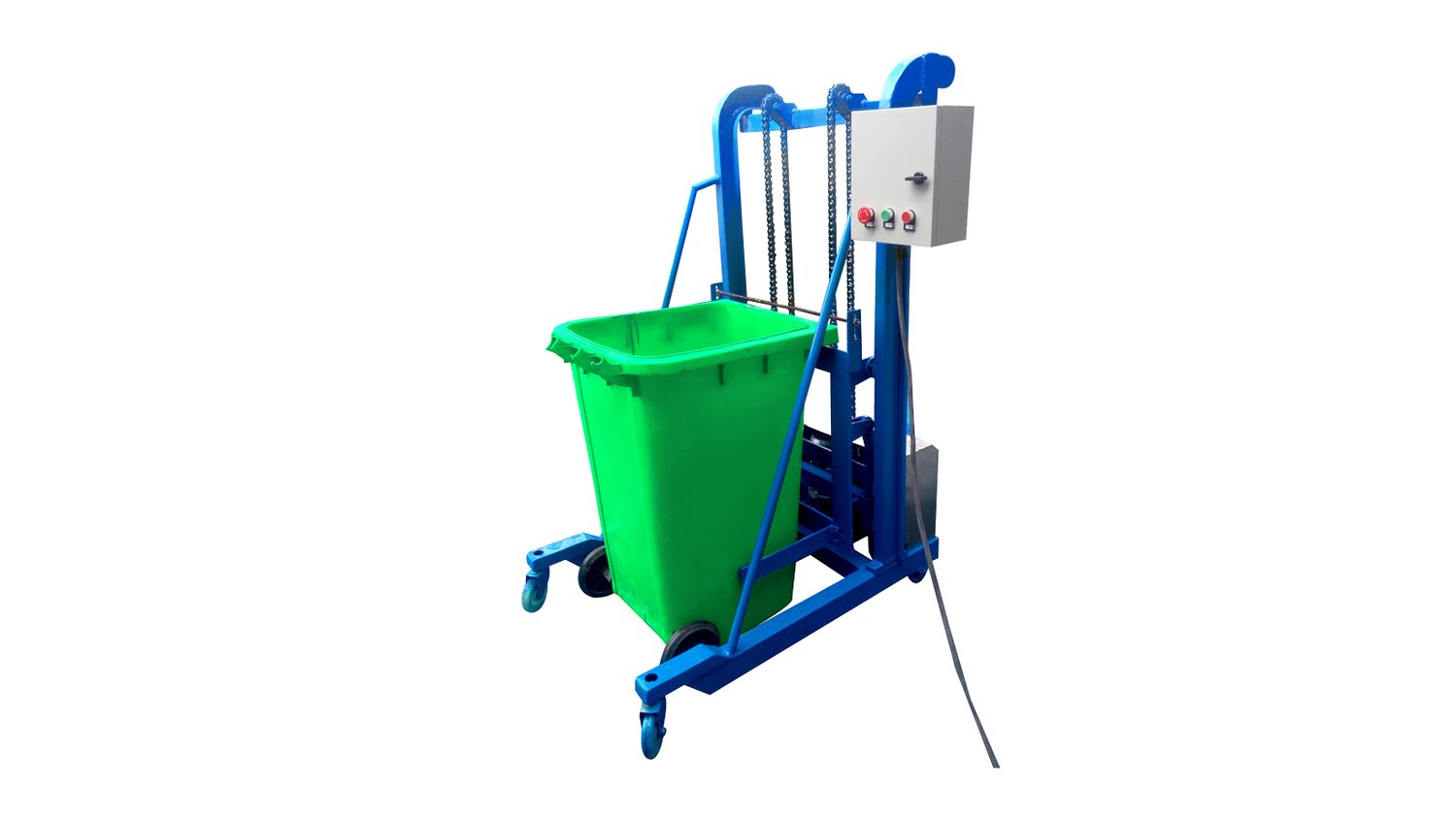High-speed material hoisting is a critical technology in modern construction and industrial applications, enabling rapid vertical transportation of materials. Unlike traditional lifting systems, high-speed hoisting significantly reduces cycle times, improves productivity, and facilitates the management of heavy loads over considerable heights. Its deployment is vital in skyscraper construction, infrastructure projects, and large-scale manufacturing environments where efficiency and safety are paramount.
Core Components of High-Speed Material Hoisting Systems
At the heart of any high-speed material hoisting setup are key mechanical and electronic components, including powerful hoist motors, durable ropes or cables, dynamic braking systems, and advanced control units. These elements work in tandem to ensure smooth, reliable, and fast lifting operations. Innovations in materials such as high-tensile steel ropes and servo-controlled motor drives have propelled the capabilities of these systems to new heights.
Technological Advancements Driving Speed and Safety
Cutting-edge technology plays a pivotal role in enhancing the speed and safety of material hoisting. Sensor integration, real-time monitoring, and automation allow precise control over the hoisting process, minimizing the risk of accidents. Technologies such as variable frequency drives (VFDs) optimize motor speed and torque, enabling faster yet controlled lifts, while safety protocols like overload detection prevent system failures.
Applications Across Construction and Industrial Sectors
High-speed material hoisting finds extensive use in vertical construction projects, including residential towers, commercial buildings, and bridges. Industrial sectors, such as shipbuilding and mining, also rely on these systems for efficient material handling. The ability to move bulky, heavy items swiftly to higher elevations streamlines workflows, reduces labor dependency, and cuts project timelines.
Impact on Project Efficiency and Cost Reduction
The implementation of high-speed material hoisting positively influences overall project efficiency. Faster hoisting operations shorten idle times, boost worker productivity, and reduce the need for multiple lift cycles. This directly translates to cost savings in labor, equipment rental, and energy consumption. Over the project’s lifespan, investment in high-speed hoisting often yields a significant return through accelerated completion and reduced overheads.
Environmental Benefits of Fast Hoisting Systems
High-speed material hoisting also contributes to environmental sustainability by lowering energy usage. Advanced hoisting motors with energy regeneration capabilities capture and reuse energy during descent, minimizing power waste. Furthermore, quicker cycle times decrease the equipment’s operational hours, lessening the carbon footprint linked to construction and industrial activities.
Customization and Scalability Options
Modern high-speed hoisting solutions offer scalable and customizable options to suit varied project requirements. Modular designs allow for easy adaptation to different load capacities, lifting heights, and operational speeds. Whether it’s a mid-rise building or a massive industrial plant, tailored hoisting configurations optimize performance and adaptability in different environments.
Challenges in Implementing High-Speed Material Hoisting
Despite its advantages, transitioning to high-speed material hoisting involves challenges such as initial capital investment, integration complexity, and maintenance. Specialized training is essential for operators to manage advanced control systems safely. Additionally, older structures may require reinforcement to accommodate increased dynamic loads from high-speed lifts, necessitating thorough engineering assessments.
Regulatory Standards and Safety Compliance
Strict adherence to regulatory standards governs the operation of high-speed material hoisting systems. Compliance with OSHA, ANSI, and international standards ensures that equipment design and operation meet safety benchmarks. Regular inspections, safety audits, and certification are mandatory to maintain operational integrity and minimize occupational hazards associated with rapid lifting activities.
The Future of High-Speed Material Hoisting
Looking ahead, the future of high-speed material hoisting is intertwined with smart technologies like IoT, AI, and predictive maintenance. These innovations promise further improvements in operational efficiency and system reliability. Integration with Building Information Modeling (BIM) will enhance project planning, while autonomous hoisting operations could redefine material handling standards in next-generation construction and industrial sectors.
Quote Inquiry
contact us

